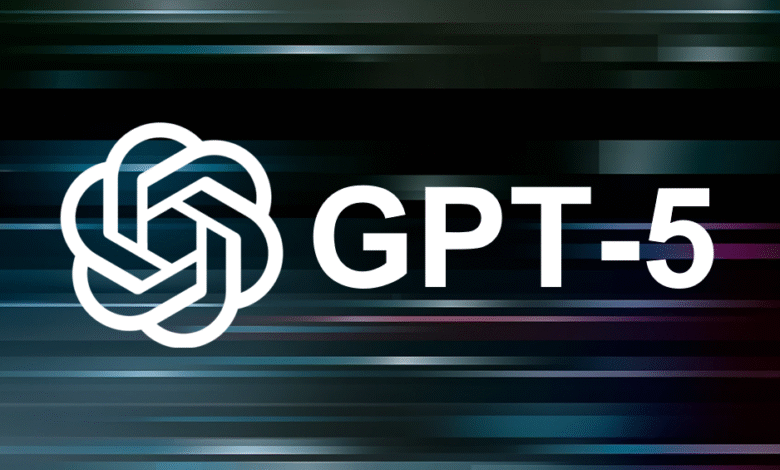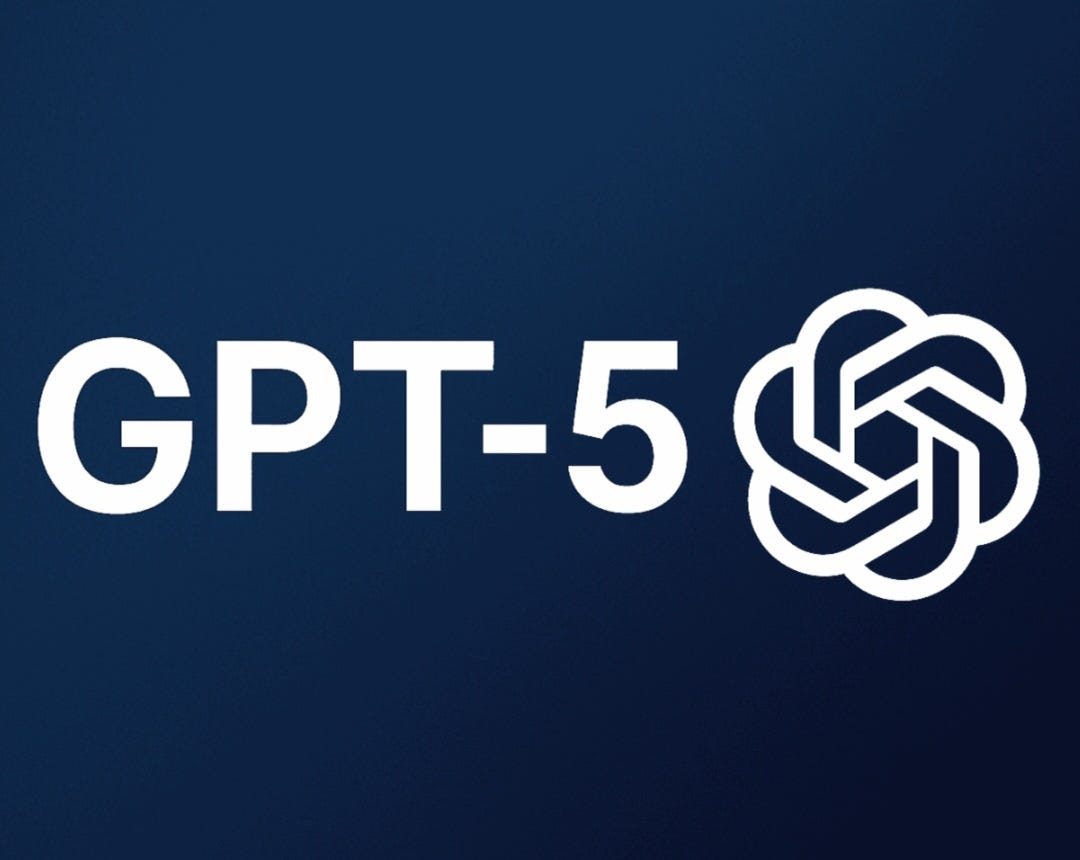GPT-5 is here. Now what?

While O1 was a significant technological breakthrough, GPT-5 is primarily a perfected product. Sam Altman likened GPT-5 to Apple’s Retina screens during a press briefing, and while it may not have been his intended comparison, it’s a fitting one.

Similar to an incredibly sharp screen, GPT-5 will provide a smoother and more enjoyable user experience. That’s not insignificant, but it’s a long way from the revolutionary AI future Altman has been preaching for the past year. Altman described GPT-5 as “a significant step along the path to AGI,” or artificial general intelligence, in the briefing. Perhaps he is correct, but if so, it’s a very small step.
Before the model’s publication, OpenAI demonstrated its capabilities to the MIT Technology Review. In order to facilitate communication with his family, Yann Dubois, a post-training lead at OpenAI, requested that GPT-5 create a web application that would assist his spouse in learning French. His instructions were admirably followed by the model, who produced an attractive and easy-to-use app. However, GPT-4o created a program with precisely the same capabilities when I gave it an almost identical prompt. The only distinction is that it lacked the same aesthetic appeal.
Other improvements to the user experience are more significant. A significant annoyance is eliminated when the model, not the user, decides whether to apply logic to each question, particularly for users who are not intimately aware of LLM developments.
Additionally, Altman claims that GPT-5 reasons far more quickly than O-series models. The fact that OpenAI is making it available to free users implies that operating costs are also lower for the business. That’s important because lowering the environmental effect of AI depends on finding a solution to the challenging problem of running sophisticated models rapidly and affordably.
Additionally, OpenAI has taken action to lessen hallucinations, which have been a recurring problem. According to OpenAI’s assessments, GPT-5 models have a far lower likelihood of making false claims than GPT-3 and GPT-4o, their predecessor models. That development may help open the door for more dependable and trustworthy agents if it passes the examination. According to UC Berkeley computer science professor Dawn Song, “hallucinations can cause real safety and security issues.” For instance, a software package hallucination agent may infect a user’s device with malicious code.
On a number of benchmarks, such as an agentic abilities test and the code assessments SWE-Bench and Aider Polyglot, GPT-5 has reached the state of the art. However, those assessments are getting close to saturation, indicating that current models have nearly reached optimal performance, according to Clémentine Fourrier, an AI researcher at the HuggingFace company.
She compares it to observing how well a high school student performs on middle-grade issues. “You learn something if the high school student fails, but you don’t learn much if it succeeds.” Although the system only received a 74.9% on SWE-Bench, Fourrier stated that she would be impressed if it received an 80% or 85% score.
In the end, OpenAI’s main takeaway is that GPT-5 is more user-friendly. Nick Turley, the leader of ChatGPT, stated, “I think that people are going to feel that, especially average people who haven’t been spending their time thinking about models.” “The vibes of this model are really good,” Turley said.
But Altman’s promised automated future won’t materialize with vibes alone. The development of reasoning seemed like a significant advancement toward AGI. The next one is still a ways off.
READ MORE: LAD REPORTING




